Belitsoft developed a full-featured LXP that automates the entire training process and resolves each learning challenge.
Step 1. Discover skill gaps to understand what to teach
How it works
- Before planning the learning process, the training company creates a skills matrix. It describes what competencies correspond to every skill level. The matrix will be used to benchmark target skills levels for each position.
- To start personalized learning, the system needs to assess the initial skills level and a final goal of an employee. For that, the LXP offers them a series of questions (it can be AI-based assessment or a test made by educators).
- Based on employees' skills assessment compared to company's benchmarks, company leaders and educators can see now, which skill gaps the company faces and can decide what to teach. Employees can also see in a personal profile what skills they need to master for performing effectively on a current position or being promoted to a higher position.
How we applied it in the LXP
An example of a skills matrix in the Learning Experience Platform, where competencies for Junior, Middle, and Senior levels are defined
The dashboard shows what set of skills a Junior designer needs to master. When the employee opens a skill, for example, IOS, they can see which competencies it requires. Only after mastering these competencies, an employee will close a skill gap in Mobile Design and can claim to be promoted
Step 2. Create personalized learning paths for faster knowledge acquisition
How it works
- The LXP builds personalized learning paths. It's a plan where the starting point is the current level of an employee and the endpoint is their final goal. If an employee masters a certain skill, they won't be forced to pass a course again. Individual learning paths increase employees' motivation to learn and saves time for training other in-demand skills.
- On top of that, the LXP resolves the problem of content shortage typical of Learning Management Systems. The employee gets access not only to internal content assigned by the company (for example, LMS content) but also to external high-quality learning libraries with automatically updating content that corresponds to the employee's interests (for example, YouTube or Ted Talks informal learning videos, Udemy learning ecosystem, Google agile learning, user-generated content, and other learning tools). It favors faster knowledge adoption.
How we applied it in the LXP
The dashboard of the learning experiene platform illustrates an example of individual learning paths with both internal content (uploaded pptx files) and external content (articles from 3rd-party sources, Udemy course)
Step 3. Track the learning process and results in real time
How it works
- Each employee gets a personal learning profile, which permits monitoring learning experience, including mastered skills, learning goals, courses in progress, and other key learning data. When an employee is passing their own learning, they, their mentors, and L&D managers can see the current progress in an employee's profile.
- There is also an in-built Scheduler that reminds about deadlines and events, giving employees an incentive to continue and complete a course on time.
- After completing a course and mastering a skill in such learning platforms, employees pass an assessment to confirm their knowledge. Depending on an LXP, there can be a certified exam, self-assessment, or assessment by a mentor. We implemented both certificates and assessments by mentors. As a result, the company can see top performers and those who lag, making data-driven decisions for effective internal mobility.
How we applied it in the LXP
A personal profile in the learning management system, where an employee can track their current progress, see all the actual courses with deadlines, progress status, received certificates, and other details of the learning experience
The scheduler with upcoming deadlines and events in the custom learning experience platform. By clicking on each of them, an employee can see details (such as current progress and success criteria) and can resume an online course in one click
Step 4. Increase engagement and knowledge adoption
How it works
To increase user retention and training effectiveness, advanced LXP features have been used in this learning platform:
- Gamification. The Learning Experience Platform (LXP) can incorporate gamification elements, like awarding badges, to make learning more engaging and fun. These badges can serve multiple purposes. They not only recognize the completion of a task or attainment of a milestone, but also motivate the employees to aim for more. The badges become a visual testament to an employee's learning journey, skills acquired, and their progress. It can even trigger a healthy competitive spirit among employees. As the badge system gets more sophisticated in a learning experience platform, it can be tied to tangible benefits like career advancement, rewards, and recognition, thereby making the learning experience more gratifying;
- Mentoring. In new learning platforms, mentoring as a part of a social learning technique is a significant aspect that's being digitized and incorporated seamlessly. Mentors, typically experienced colleagues, are integrated into such learning management systems to provide guidance, share knowledge, and offer advice to less experienced individuals. Such social learning facilitates the transfer of tacit knowledge that otherwise wouldn't be available through a standardized learning solution. It also helps build a culture of collaboration and continuous learning within the organization. Additionally, learning experience platforms could use algorithms to pair mentors and mentees based on their skills, interests, and learning goals, thereby ensuring a more beneficial and tailored mentoring experience;
- Interactive chat-based learning. The learning experience platform (LXP) utilizes a chatbot driven by Artificial Intelligence to provide immediate help to learners when needed, including answering FAQs, clarifying doubts, and even offering personalized suggestions during onboarding or learning. This enhances the learning experience by providing instant support and feedback, thereby making learning more accessible and efficient. The use of chatbots based on based on Artificial Intelligence also allows for a more personalized learning journey, as they can adapt to each individual's pace and style of learning;
- Content recommendations based on individual users' choices. Personalization in content creation and delivery is a key aspect where the learning experience platform (LXP) is making strides. By leveraging machine learning algorithms, these learning platforms can analyze a user's past choices, performance, and preferences to recommend relevant training content. Such data-driven learning ensures that the learners are always presented with training materials that is interesting, engaging, and useful to their career growth. It saves them the time and effort of sifting through irrelevant content. Over time, as the system gains more insight into a user's behavior, the recommendations become more accurate, thereby facilitating a more targeted and efficient corporate learning process.
How we applied it in the LXP
Gamification
A personal profile in the LXP where the number of earned badges is highlighted
Mentoring
An example of mentoring as a social learning LXP feature, when an employee can choose a more experienced colleague to talk to or when an assigned mentor writes to an employee inquiring about their progress in the learning process
Chatbot
The chatbot appears in the LXP to remind an employee about an unfinished course, encouraging them to complete it, closing knowledge gaps
Personal Content Recommendation
The LXP uses machine learning to ask an employee to define their interests, current level, and goals to provide training recommendations based on personal interests
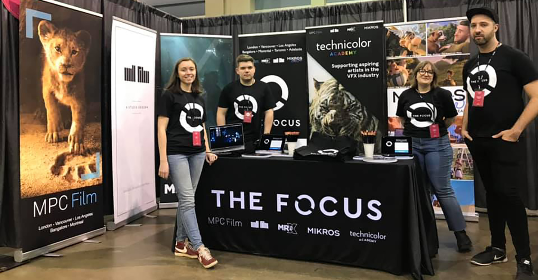























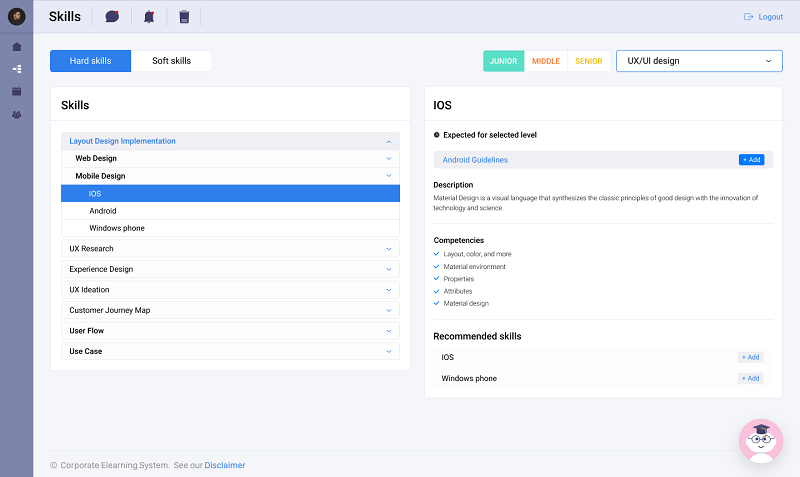
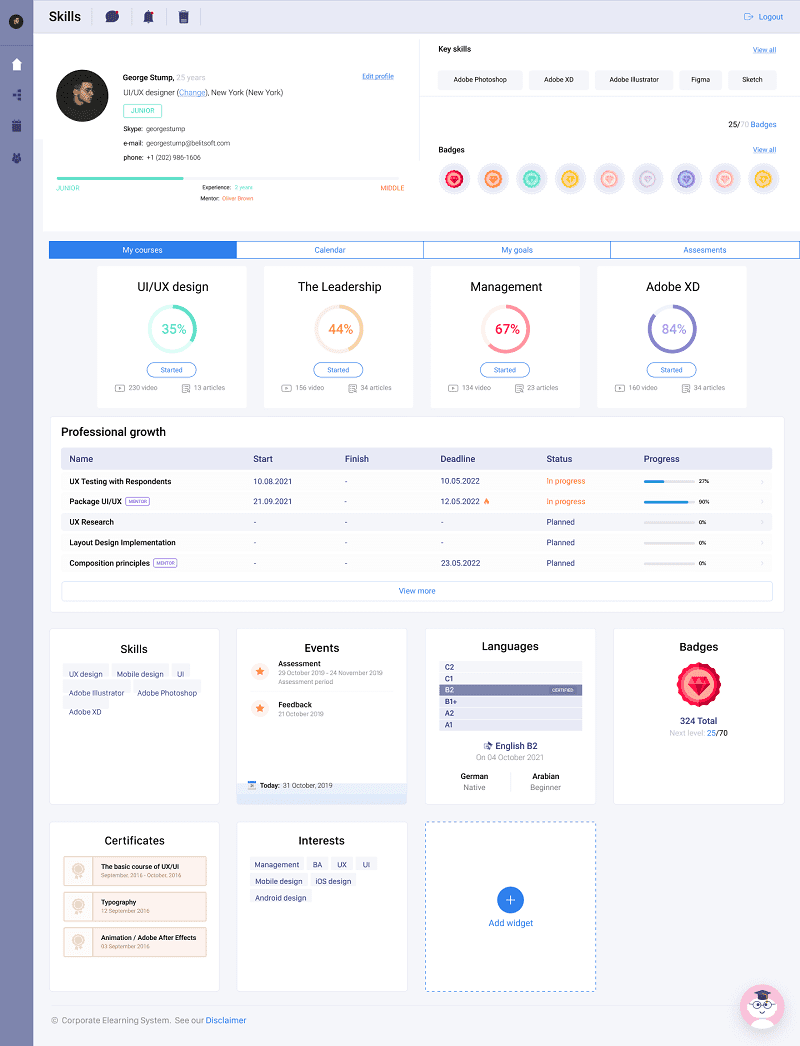



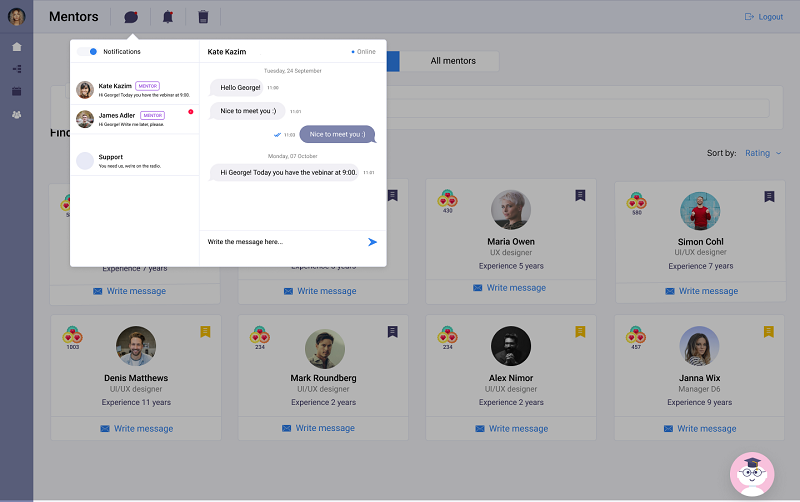
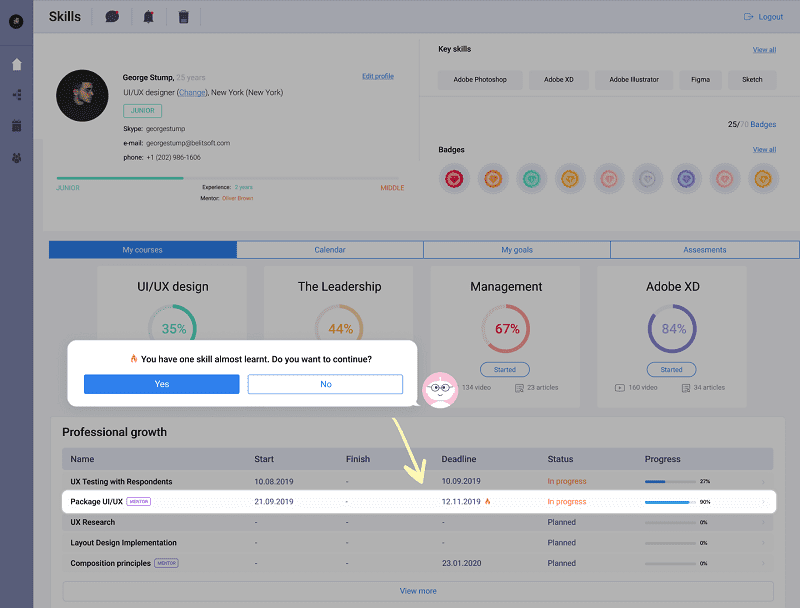

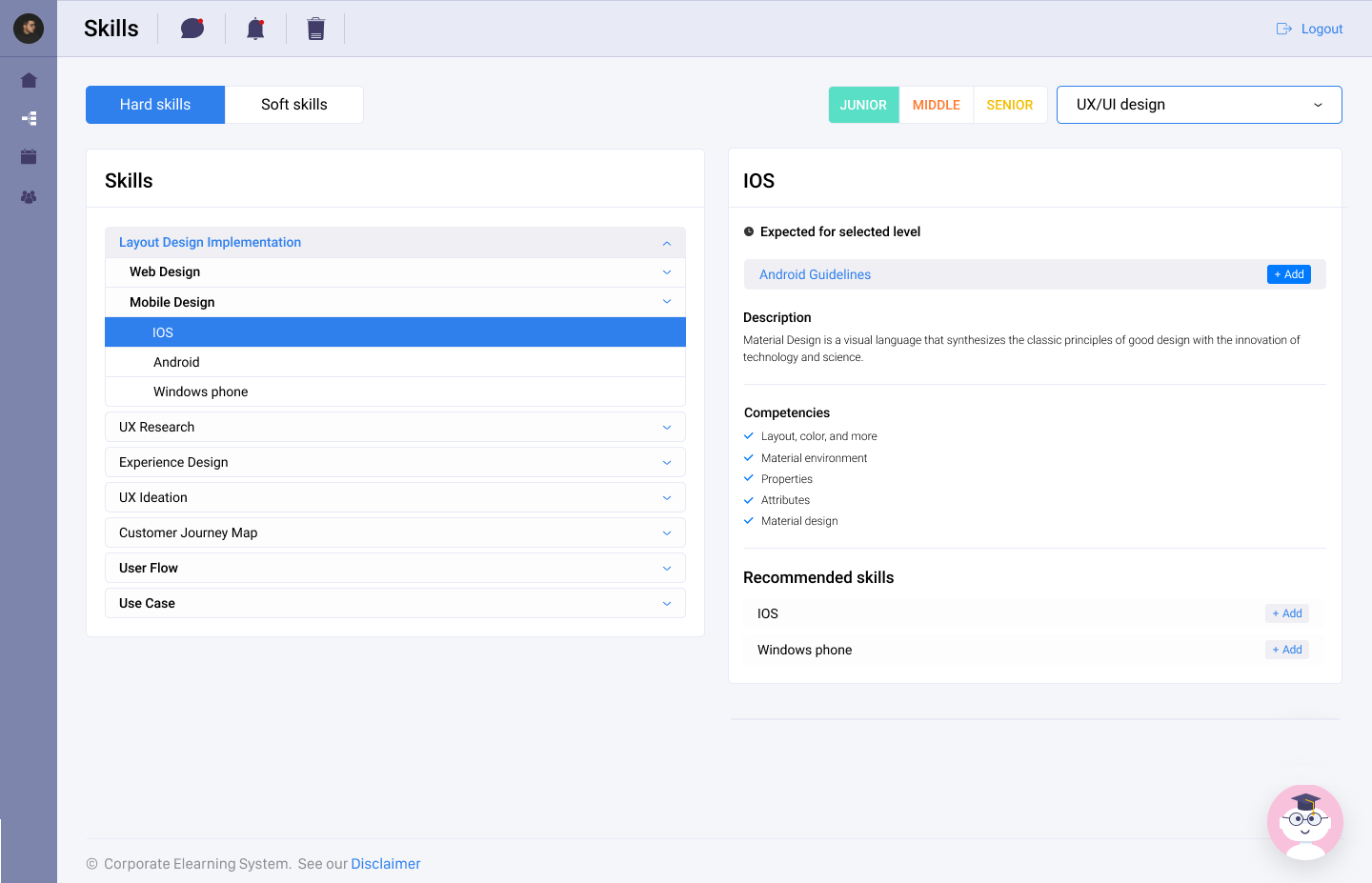
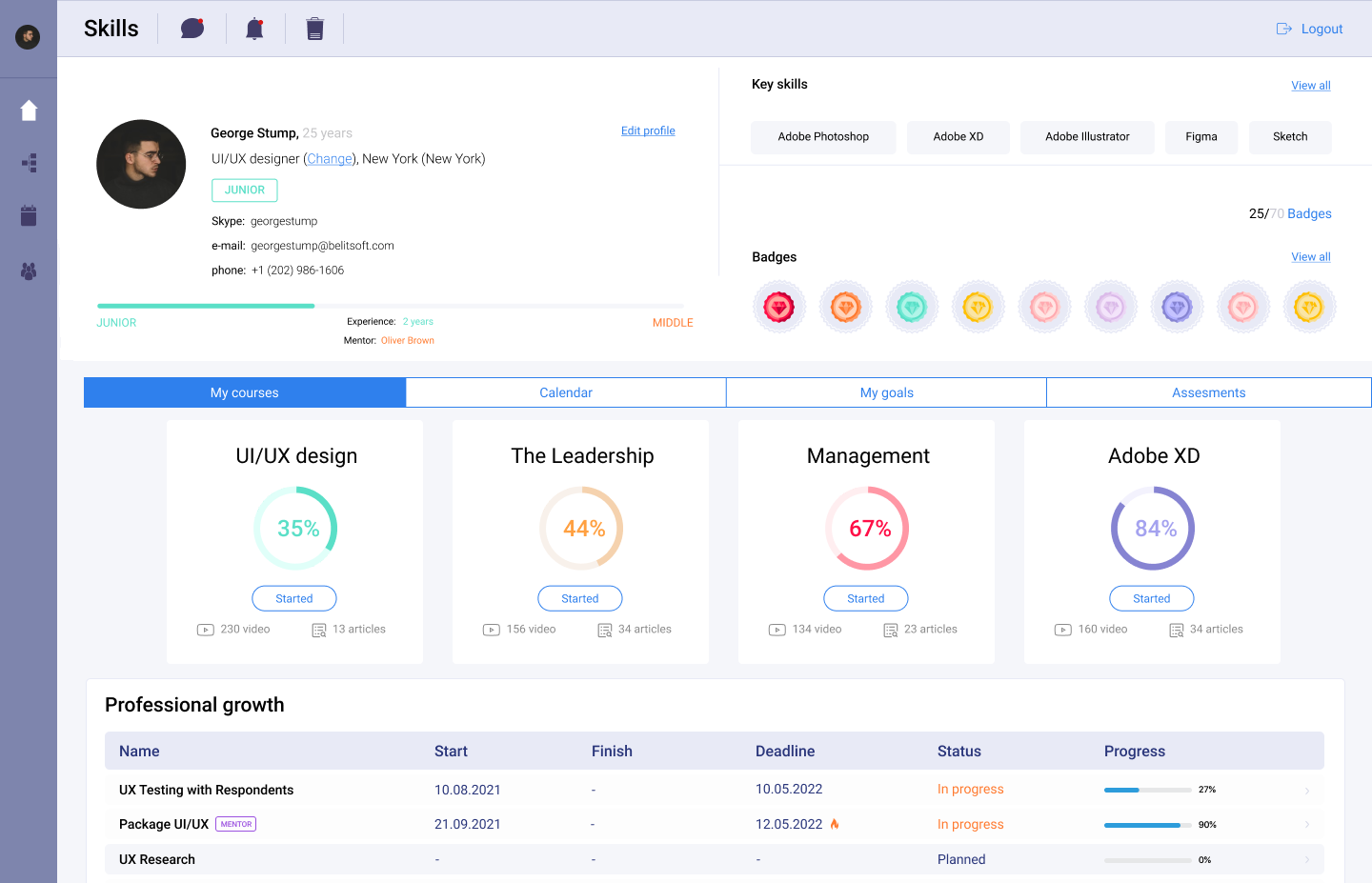
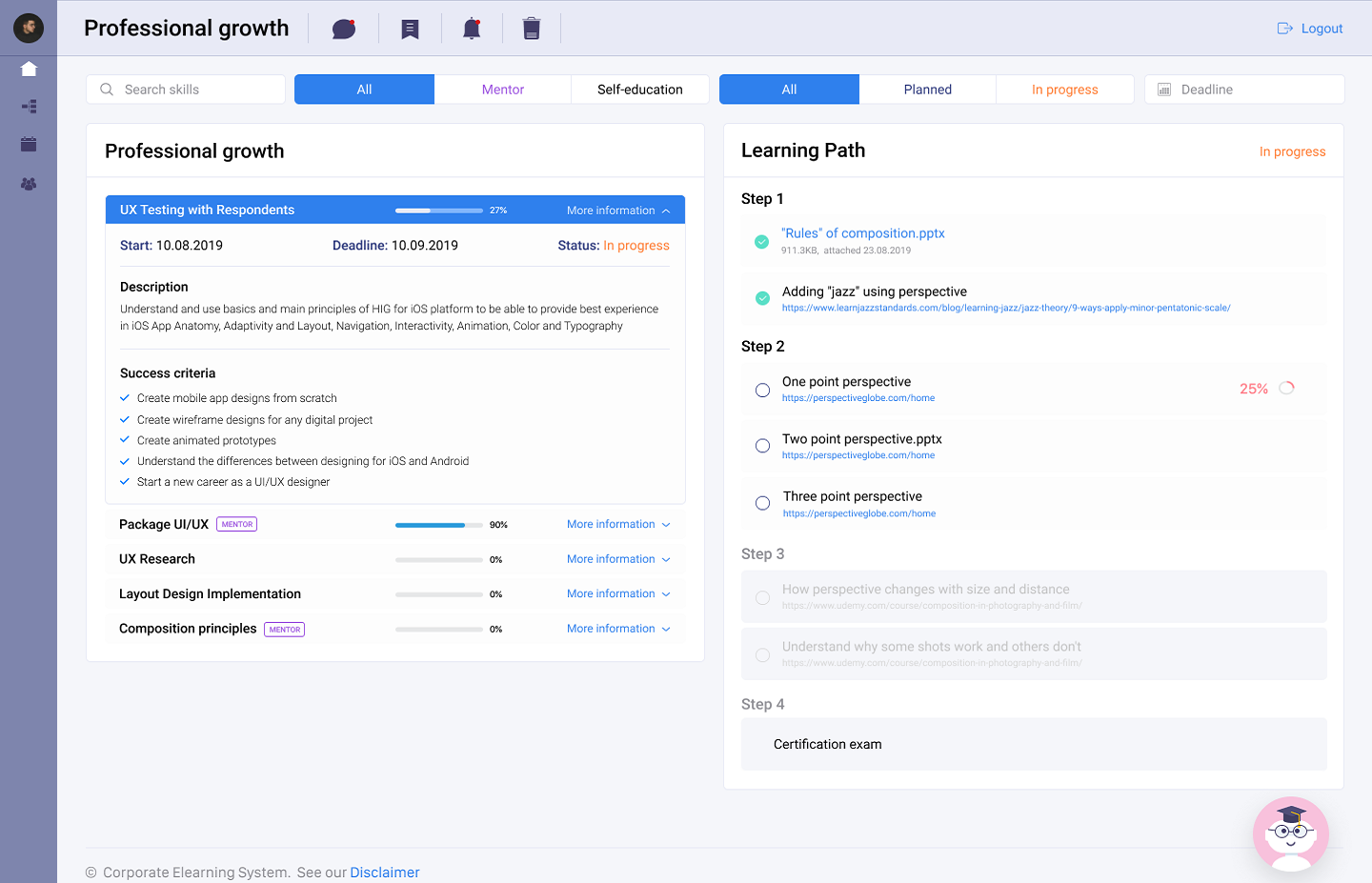
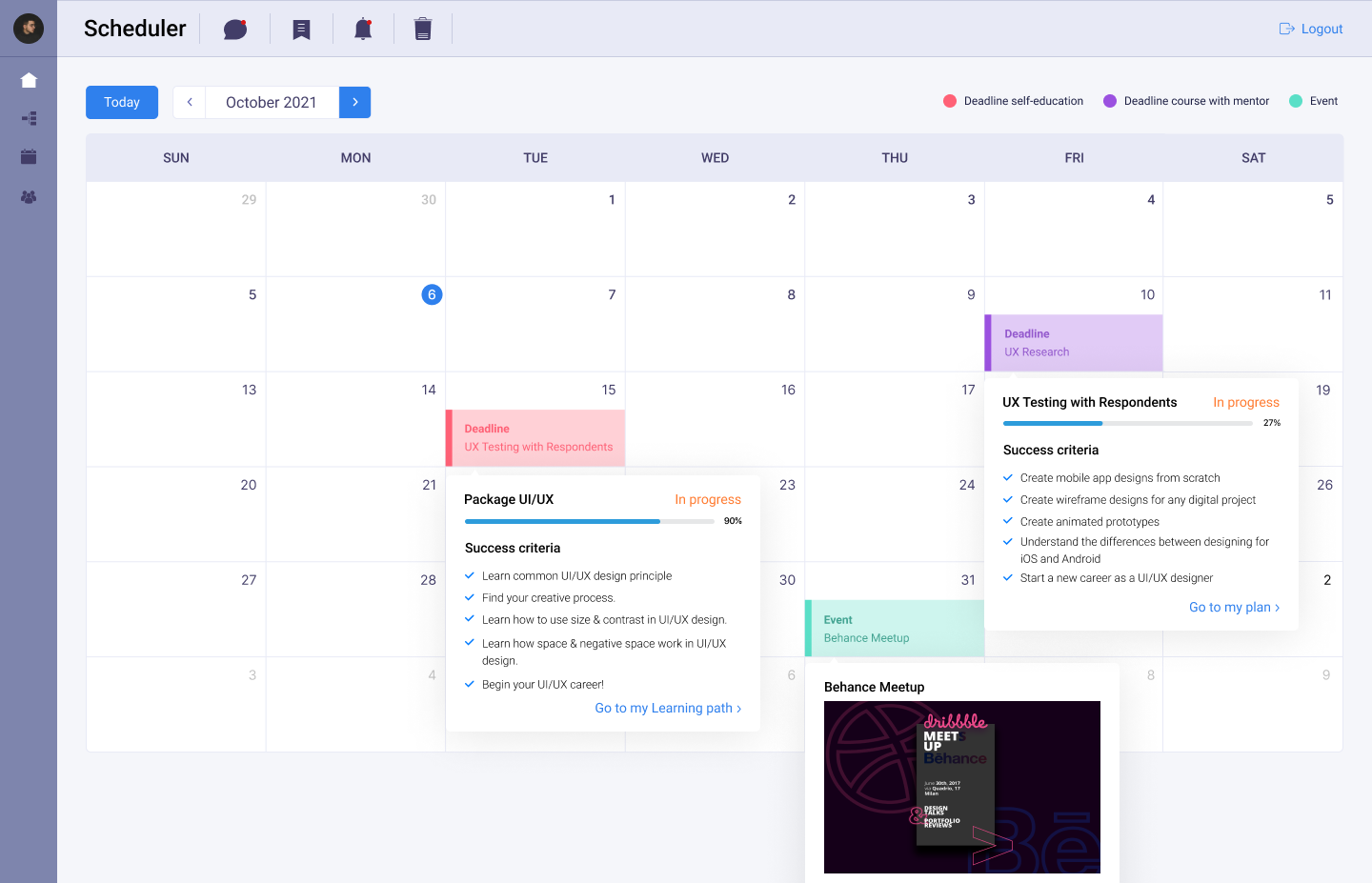
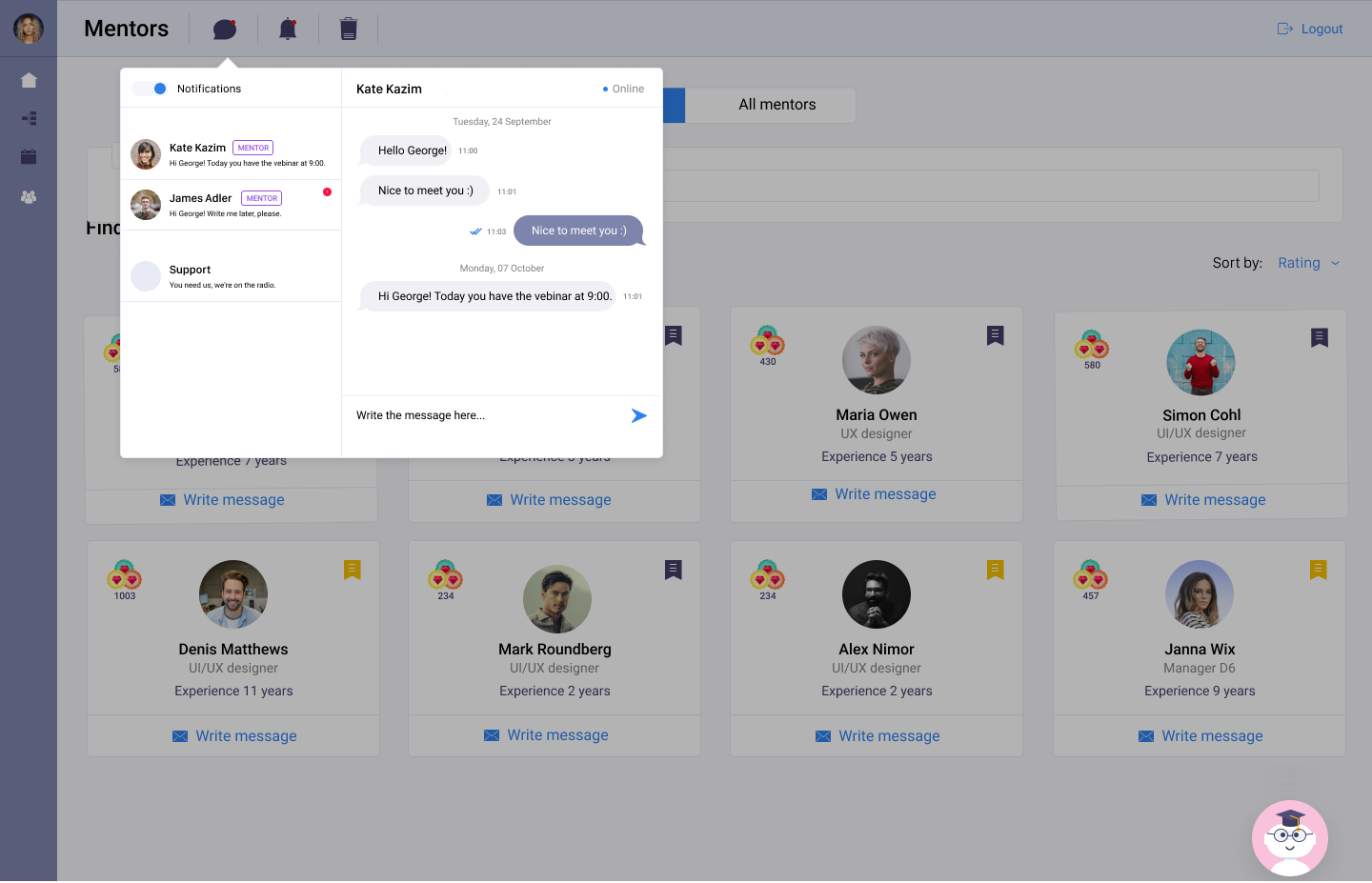
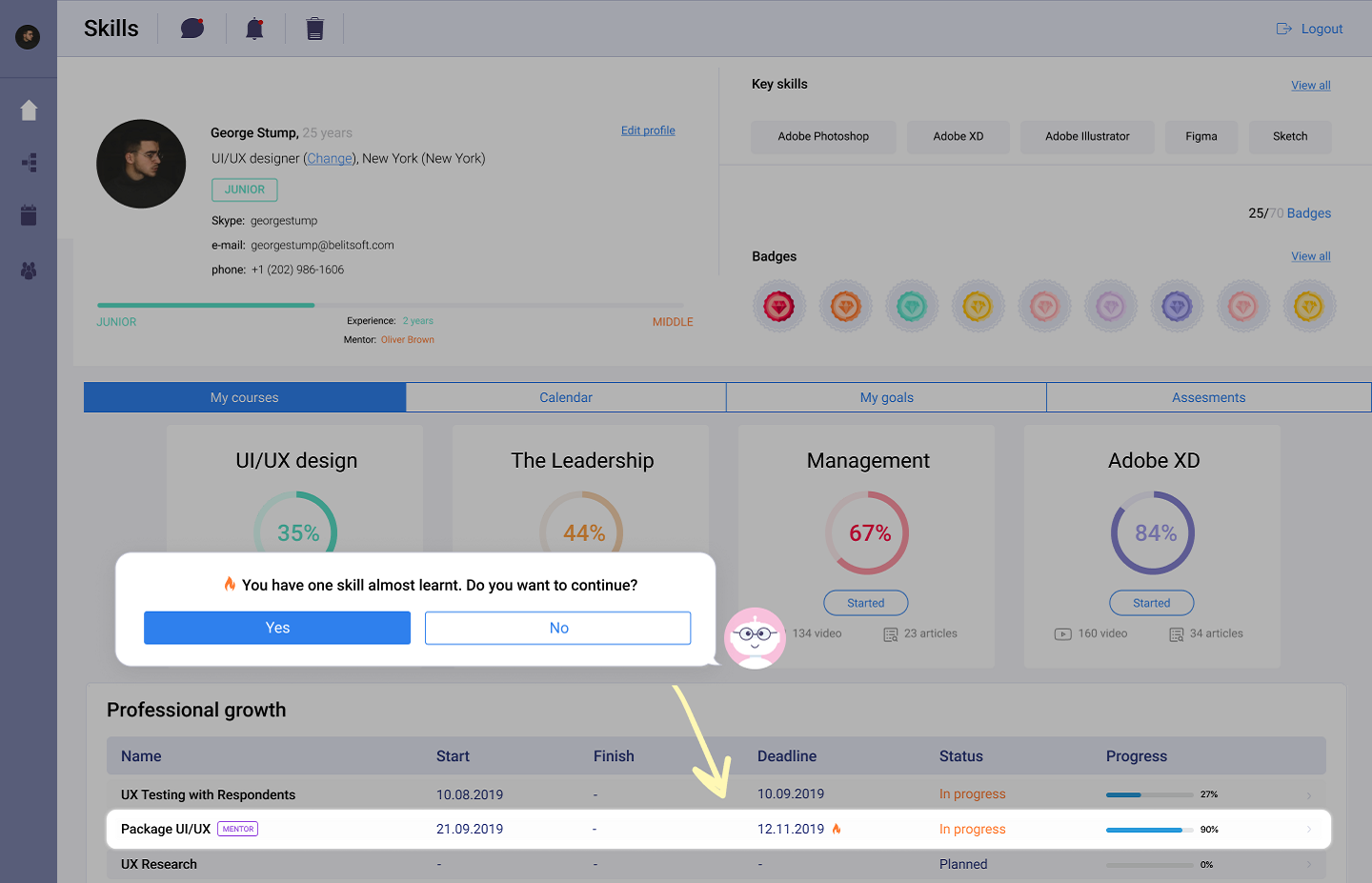
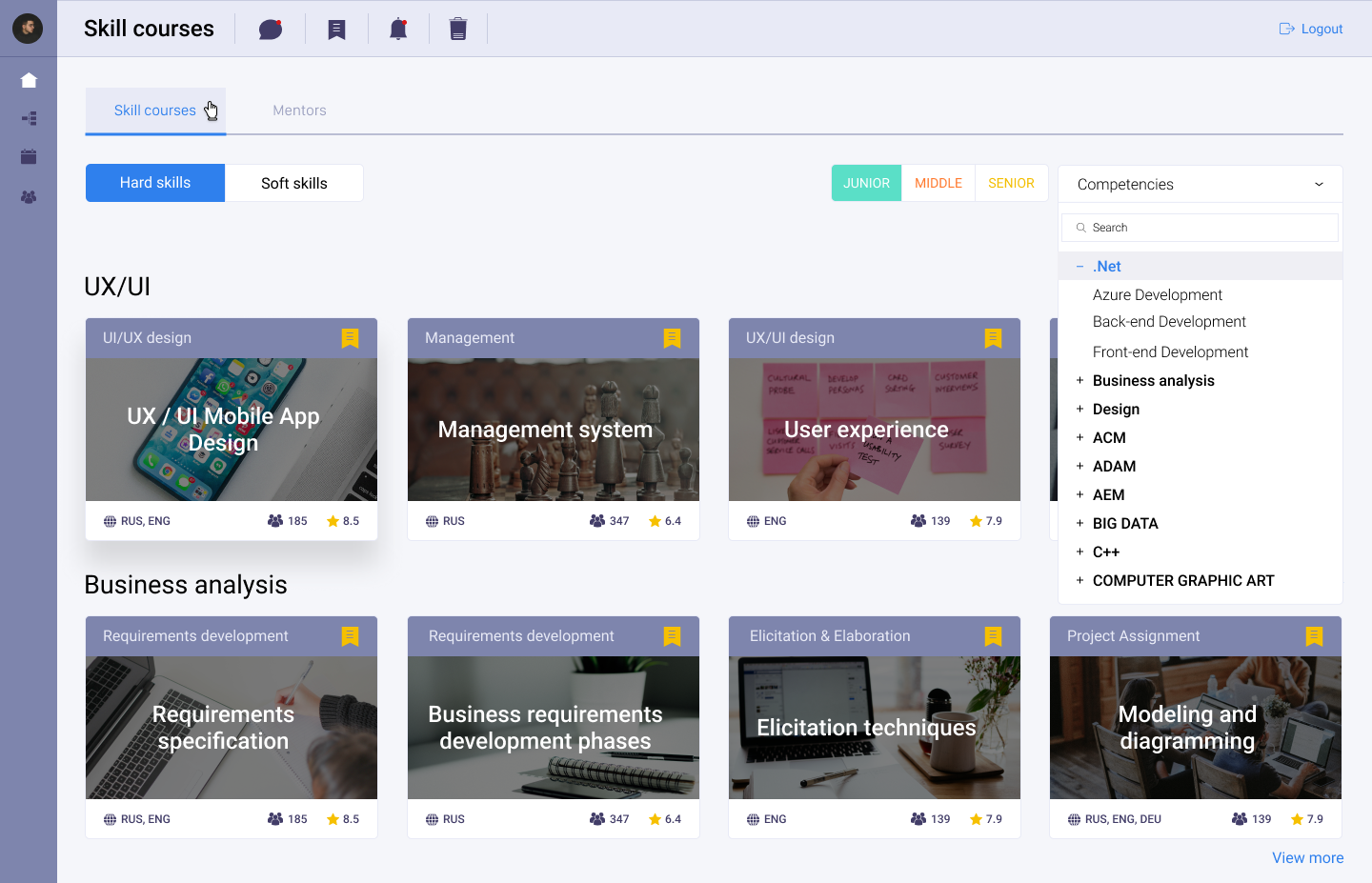




.jpg)
.jpg)












Belitsoft has been the driving force behind several of our software development projects within the last few years. This company demonstrates high professionalism in their work approach. They have continuously proved to be ready to go the extra mile. We are very happy with Belitsoft, and in a position to strongly recommend them for software development and support as a most reliable and fully transparent partner focused on long term business relationships.
Global Head of Commercial Development L&D at Technicolor